Exploring the Many Different Types of Tea
Tea is one of the most popular beverages in the world, enjoyed by millions of people for its diverse flavors, health benefits, and cultural significance. From the robust black tea to the delicate green tea, the world of tea offers a wide range of options, each with its own unique qualities. In this article, we will explore the different types of tea, the processes involved in their production, and the ways each type is best enjoyed. We’ll also look at the health benefits and the cultural contexts in which these teas are consumed. Please be advised that most tea products are not FDA approved and some of the various claims have not been proven. Please consult with a physician before consuming any large quantities of herbal products on a daily basis.
The Basics of Tea
Before diving into the specific types of tea, it is important to understand the fundamental difference between them. All true teas come from the Camellia sinensis plant. What distinguishes one type of tea from another is how the leaves are processed after they are harvested. The processing method, along with the specific variety of the tea plant, contributes to the color, flavor, and aroma of the finished tea.
The main categories of tea are:
- Black Tea
- Green Tea
- White Tea
- Oolong Tea
- Pu-erh Tea
- Herbal Teas (These are technically not true teas as they come from various plants other than Camellia sinensis)
1. Black Tea
Black tea is perhaps the most commonly consumed type of tea worldwide. It is fully oxidized, which gives it a dark color and a strong, robust flavor. The leaves are picked and then allowed to wither, roll, oxidize, and dry. This oxidation process creates a tea that has a rich, hearty taste with varying degrees of bitterness and astringency.
Popular Types of Black Tea:
- Darjeeling: Often referred to as the "champagne of teas," Darjeeling is grown in the foothills of the Himalayas and is known for its light, floral flavor with muscatel notes.
- Assam: Hailing from India, Assam tea is known for its strong, malty flavor and dark color, making it a popular base for breakfast blends like English Breakfast.
- Ceylon: Grown in Sri Lanka, Ceylon tea is bright, brisk, and slightly citrusy in flavor. It is often used in blends such as Earl Grey and is enjoyed both as a hot and iced tea.
- English Breakfast: A robust blend of black teas, including Assam, Ceylon, and Kenyan teas, English Breakfast is one of the most popular black tea blends in the world.
Health Benefits of Black Tea: Black tea is rich in antioxidants, particularly polyphenols, which have been shown to reduce the risk of heart disease, improve gut health, and lower blood sugar levels. It also contains caffeine, providing a mild stimulant effect to increase alertness and energy.
2. Green Tea
Green tea is made from unoxidized tea leaves and is the least processed among all tea types. As a result, it retains its green color and has a more delicate flavor than black tea. The leaves are typically steamed or pan-fired shortly after harvest to prevent oxidation. This process preserves the high levels of antioxidants in green tea, which is why it is often regarded as a health elixir.
Popular Types of Green Tea:
- Sencha: The most popular type of green tea in Japan, Sencha has a grassy, vegetal flavor with a slight sweetness and a refreshing finish.
- Matcha: A powdered green tea, matcha is made from shade-grown tea leaves that are ground into a fine powder. It has a rich, umami flavor and is often used in Japanese tea ceremonies.
- Longjing (Dragon Well): One of China’s most famous green teas, Longjing is pan-fired and has a light, nutty, and slightly sweet flavor.
- Gunpowder: This type of green tea is made by rolling the leaves into small pellets, which unfurl when brewed. It has a smoky flavor and is often used in Moroccan tea blends.
Health Benefits of Green Tea: Green tea is known for its high levels of catechins, a powerful type of antioxidant that is linked to improved brain function, fat loss, and a lower risk of certain cancers. It is also rich in L-theanine, an amino acid that promotes relaxation and stress relief. Green tea’s moderate caffeine content offers an energy boost without the jitteriness associated with coffee.
3. White Tea
White tea is the least processed of all the tea types. The leaves are picked early in the season and are simply allowed to dry and wither. The delicate nature of white tea results in a light, subtle flavor with floral and fruity notes. It is often considered a luxury tea due to its scarcity and the labor-intensive process of hand-picking the leaves.
Popular Types of White Tea:
- Silver Needle: Made from young, tender buds, Silver Needle is one of the highest quality white teas. It has a delicate, sweet flavor with a hint of orchid-like fragrance.
- White Peony (Bai Mu Dan): This is a blend of young buds and leaves, resulting in a fuller flavor than Silver Needle. It has a subtle sweetness and floral notes with a light, refreshing finish.
Health Benefits of White Tea: White tea is packed with antioxidants and is thought to have anti-aging properties due to its high levels of polyphenols. It is also associated with improved cardiovascular health and a stronger immune system. Because it is low in caffeine, white tea is a good option for those seeking a mild, calming beverage.
4. Oolong Tea
Oolong tea is a partially oxidized tea, somewhere between green and black tea in terms of oxidation. The leaves undergo a short fermentation process, which gives oolong its complex flavor profile that can range from floral and light to rich and toasty. The level of oxidation varies from one oolong to another, allowing for a wide array of flavor experiences.
Popular Types of Oolong Tea:
- Tie Guan Yin (Iron Goddess of Mercy): A famous Chinese oolong, Tie Guan Yin has a floral aroma and a sweet, creamy taste with a smooth, lingering finish.
- Da Hong Pao: Known for its rich, roasted flavor, Da Hong Pao is one of the most revered oolongs from the Wuyi Mountains in China.
- Milk Oolong: This Taiwanese oolong is known for its naturally creamy, milky flavor, which is a result of the specific growing conditions and processing techniques used.
Health Benefits of Oolong Tea: Oolong tea contains antioxidants that promote healthy skin, improve digestion, and support weight loss. It is also known for boosting metabolism and helping to lower cholesterol levels. The caffeine content in oolong tea is moderate, providing a gentle energy boost without the intense effects of black tea or coffee.
5. Pu-erh Tea
Pu-erh tea is a type of fermented tea that is typically aged for several years, which allows it to develop a deep, earthy flavor. The aging process gives pu-erh tea a unique taste that can range from sweet and fruity to earthy and woody. It is often sold in compressed forms, such as cakes or bricks, and can be stored for long periods, improving in flavor over time.
Popular Types of Pu-erh Tea:
- Raw (Sheng) Pu-erh: This type of pu-erh tea is made from unfermented leaves and has a fresh, floral taste when young, which becomes more complex and mellow as it ages.
- Ripe (Shou) Pu-erh: This type undergoes a controlled fermentation process, giving it a smoother, darker flavor that is often described as earthy, woody, or even leathery.
Health Benefits of Pu-erh Tea: Pu-erh tea is believed to have digestive benefits and is often consumed after meals to aid in digestion. It may also help lower cholesterol, support liver health, and reduce the risk of heart disease. The aging process enhances the tea’s antioxidants, making it an excellent choice for long-term health benefits.
6. Herbal Teas (Tisanes)
While not technically true teas, herbal teas (or tisanes) are made from a wide variety of plants, flowers, fruits, and herbs. Herbal teas do not contain caffeine and are often enjoyed for their soothing qualities. Some of the most popular herbal teas include:
- Chamomile: Known for its calming properties, chamomile tea is often consumed before bedtime to promote relaxation and sleep.
- Peppermint: A refreshing tea with a cool, minty flavor, peppermint tea aids digestion and has a natural cooling effect on the body.
- Rooibos: A South African herbal tea made from the rooibos plant, rooibos is rich in antioxidants and has a sweet, nutty flavor.
- Hibiscus: Made from dried hibiscus flowers, this herbal tea is tart and tangy, often enjoyed iced with a touch of sweetener.
Health Benefits of Herbal Teas: Herbal teas are known for their various health benefits, which can range from soothing digestive issues to improving sleep quality. Because they are caffeine-free, they are a great option for people looking to unwind or for those sensitive to caffeine.
Conclusion
The world of tea is diverse, with each type offering its own unique characteristics, flavors, and benefits. Whether you prefer the boldness of black tea, the delicate taste of green tea, or the rich history of Pu-erh, there is a tea for everyone. By exploring the various types of tea, you can discover new favorites, enjoy the distinct flavors of different regions, and appreciate the traditions that have shaped this ancient beverage. Whether you are a casual tea drinker or an avid enthusiast, understanding the different types of tea is a wonderful way to enhance your tea-drinking experience. Enjoy your tea that much better when you buy tea mugs or buy coffee tables at CycloneSale.com to enjoy them on.



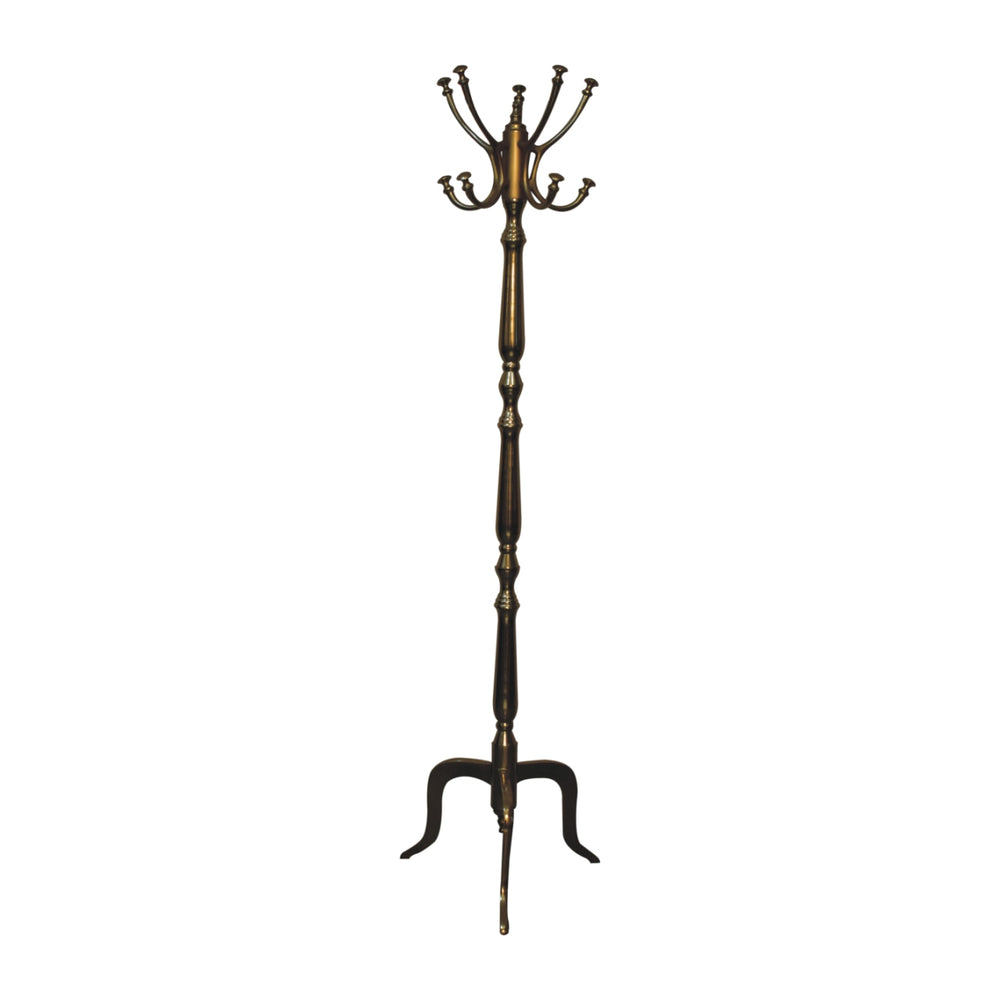




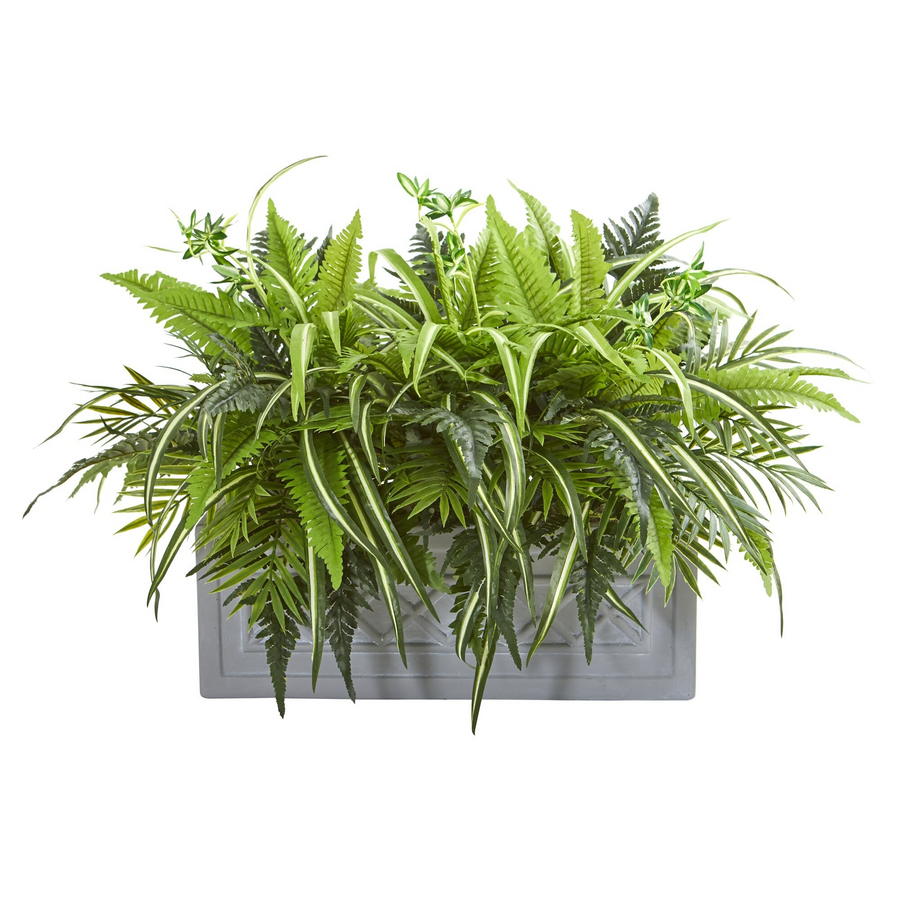

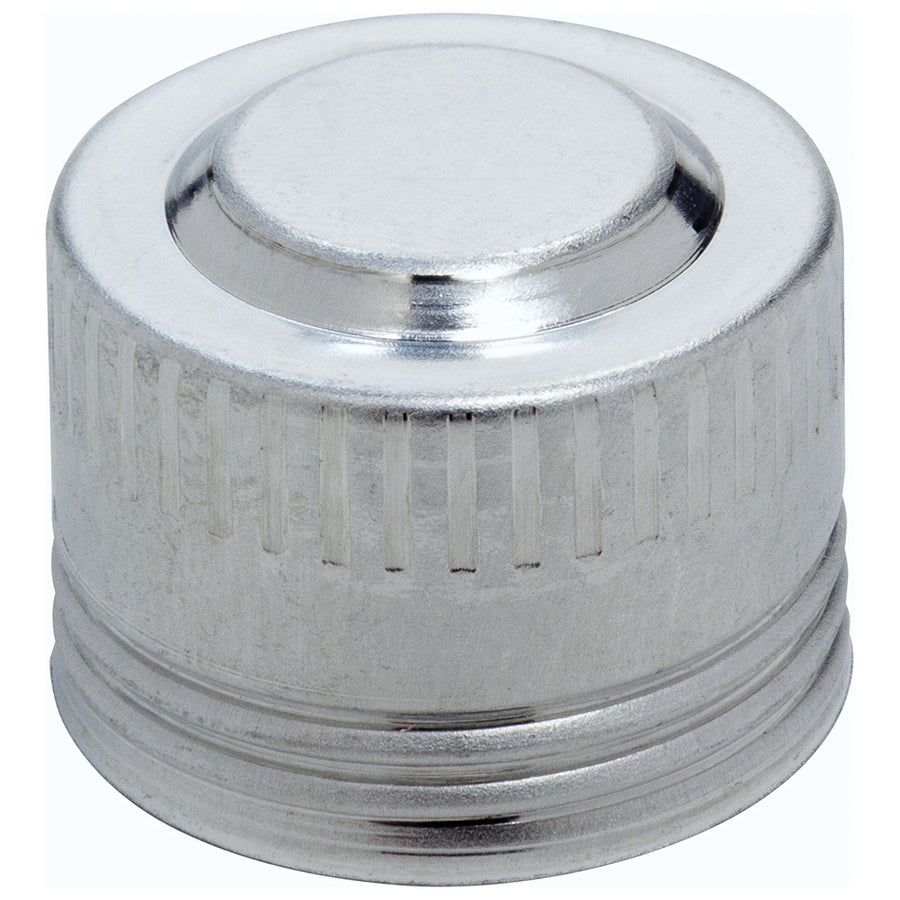
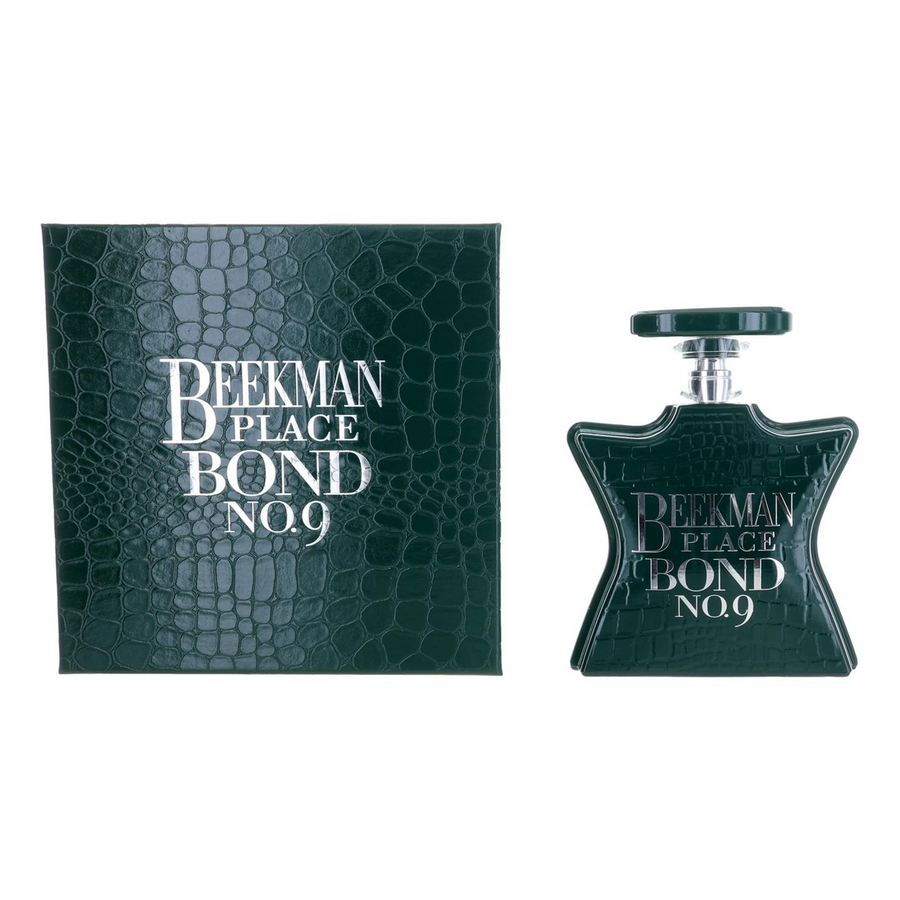



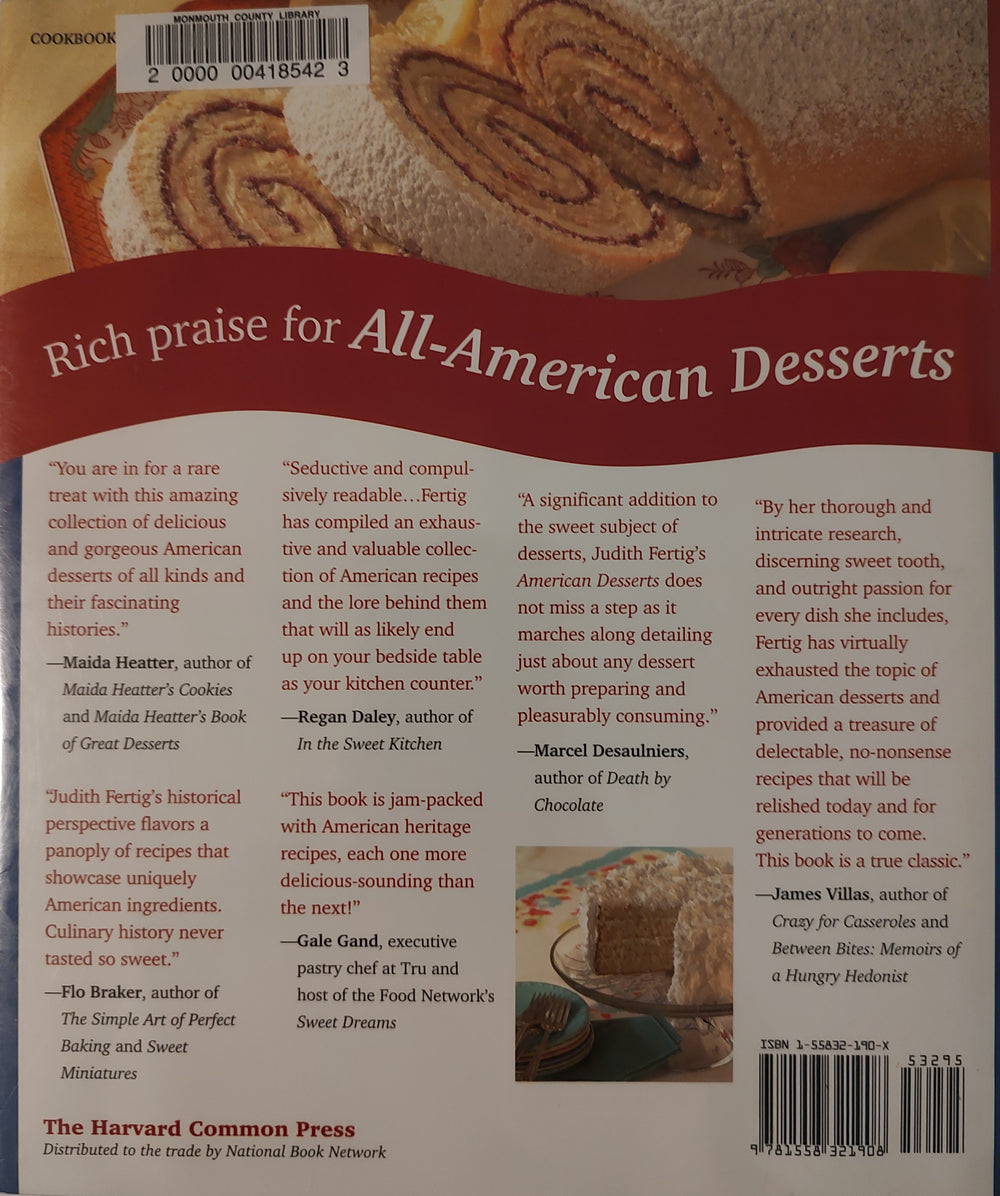






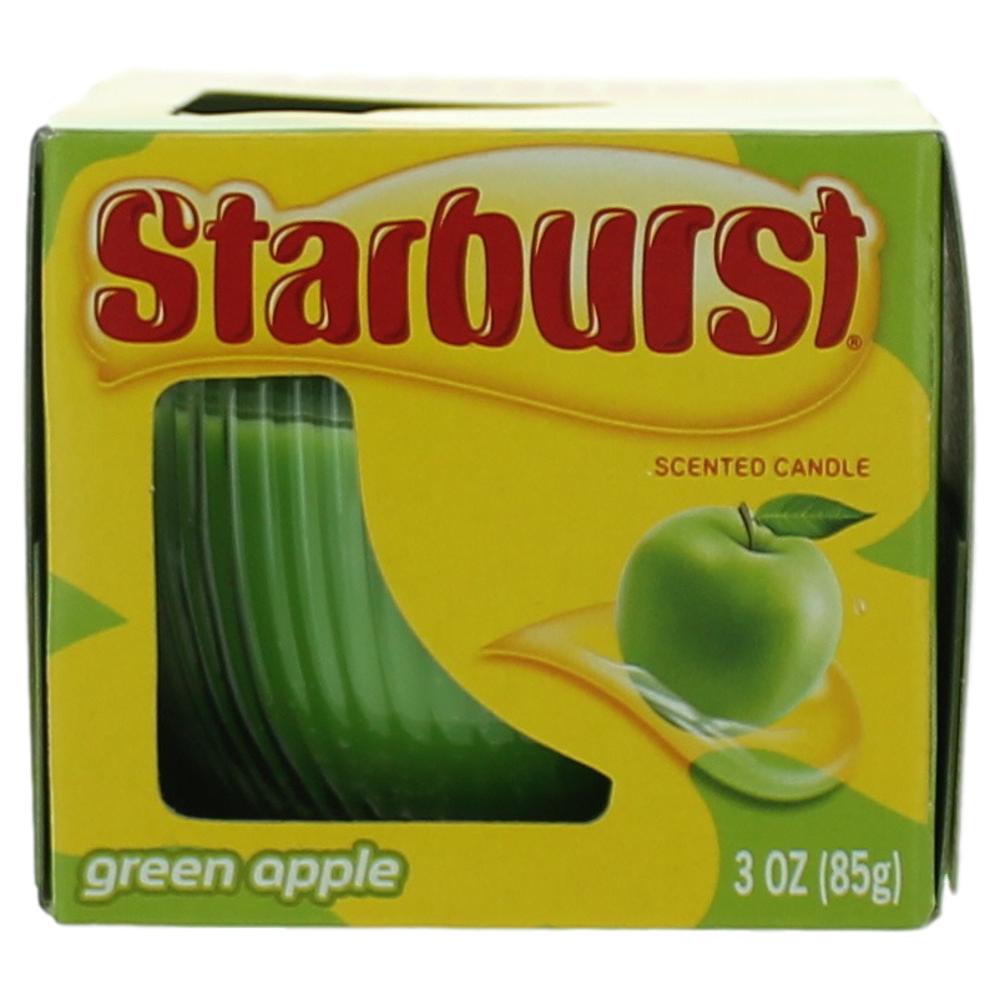
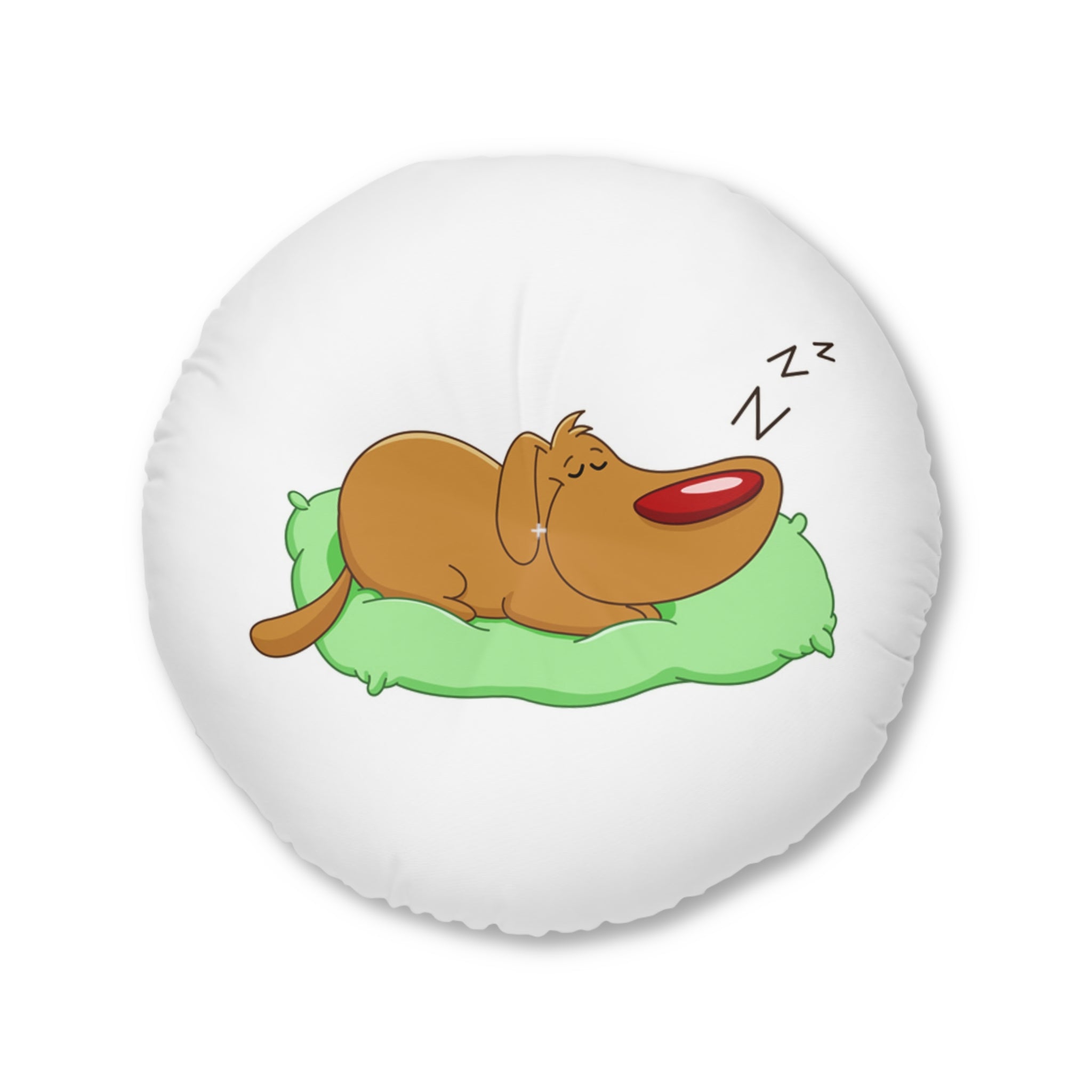




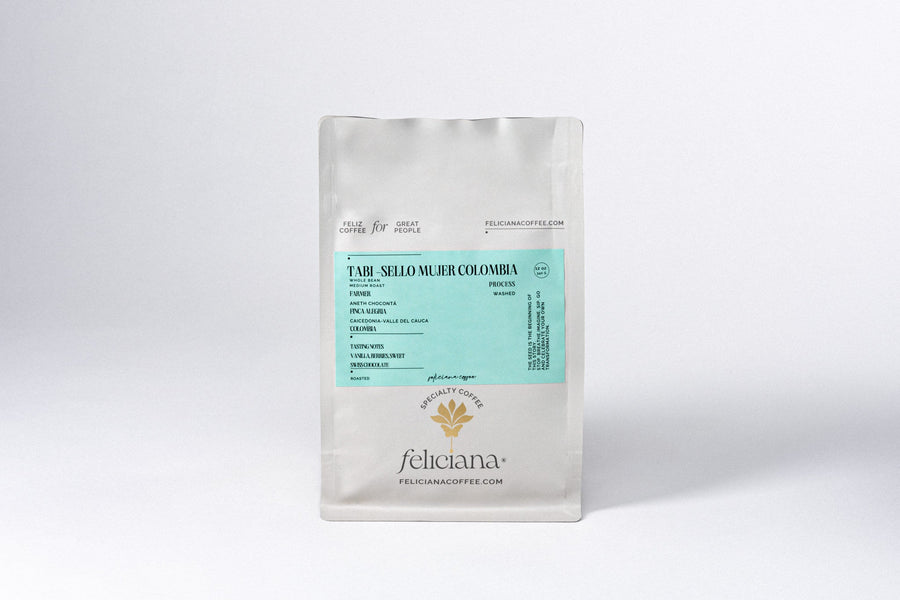
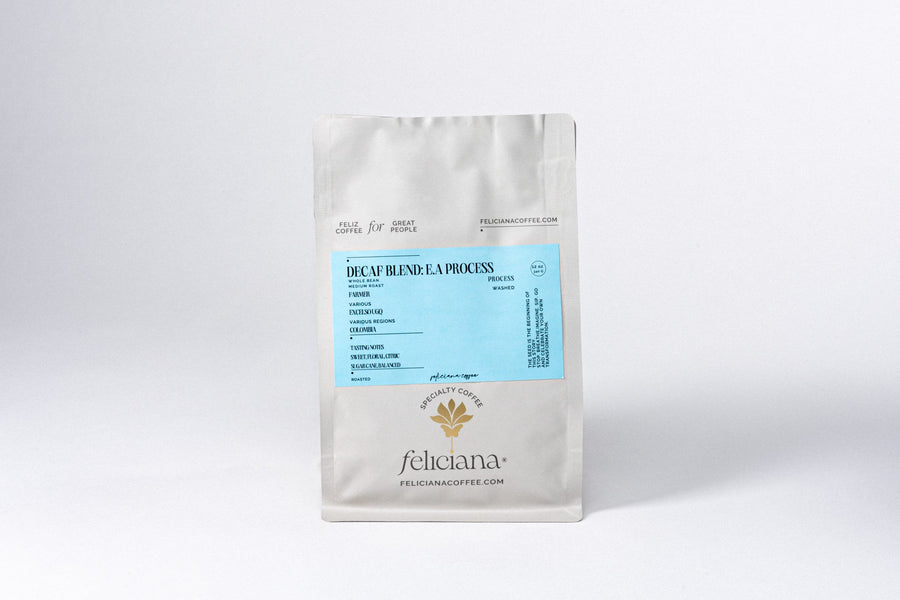
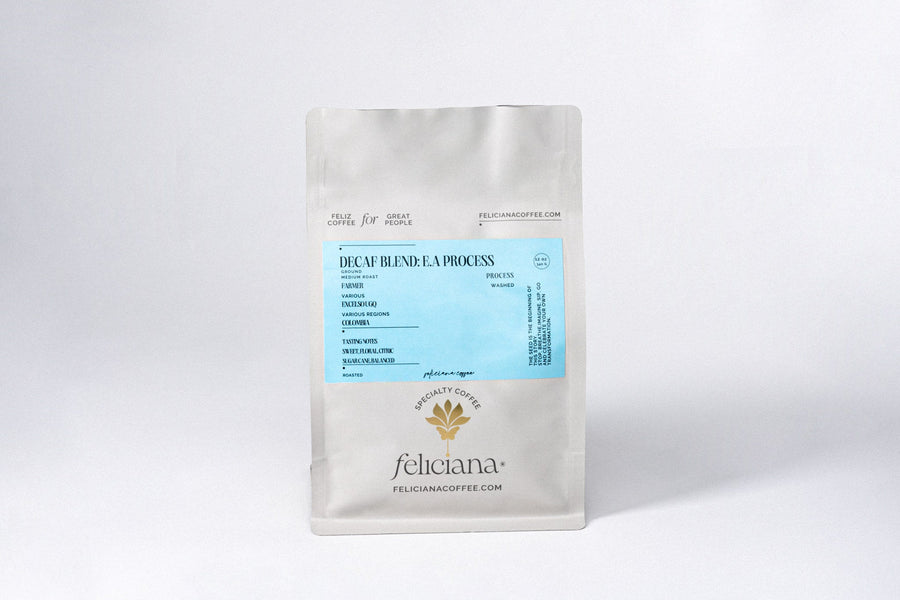

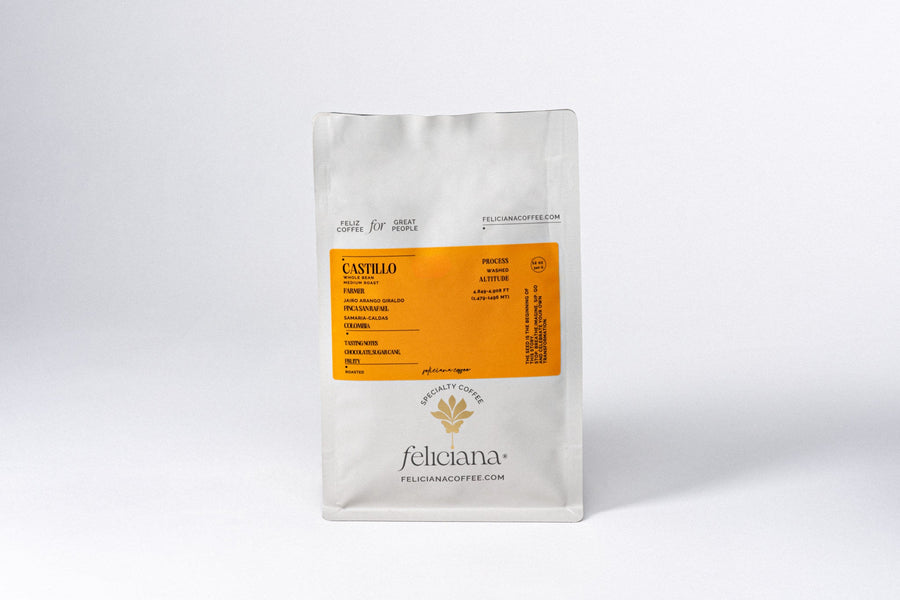
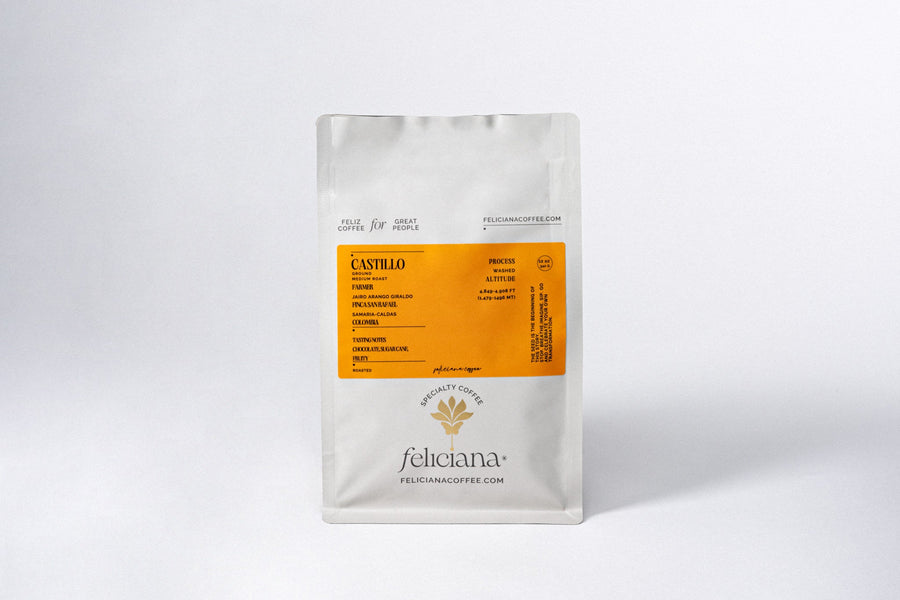
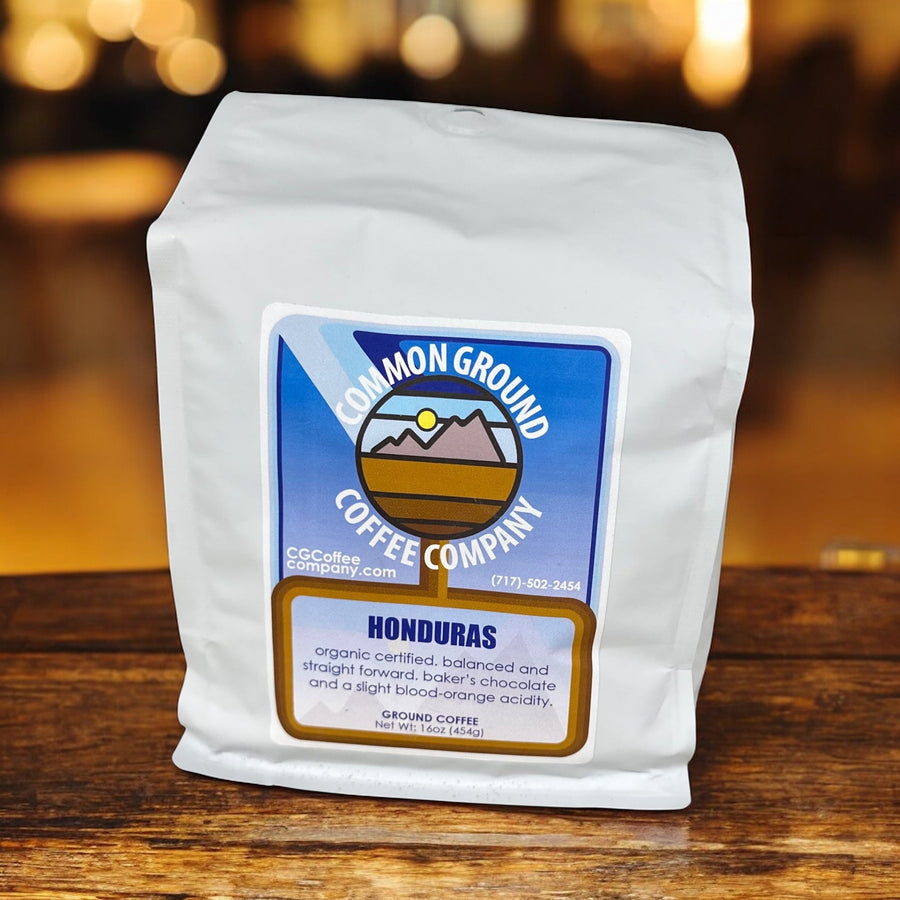
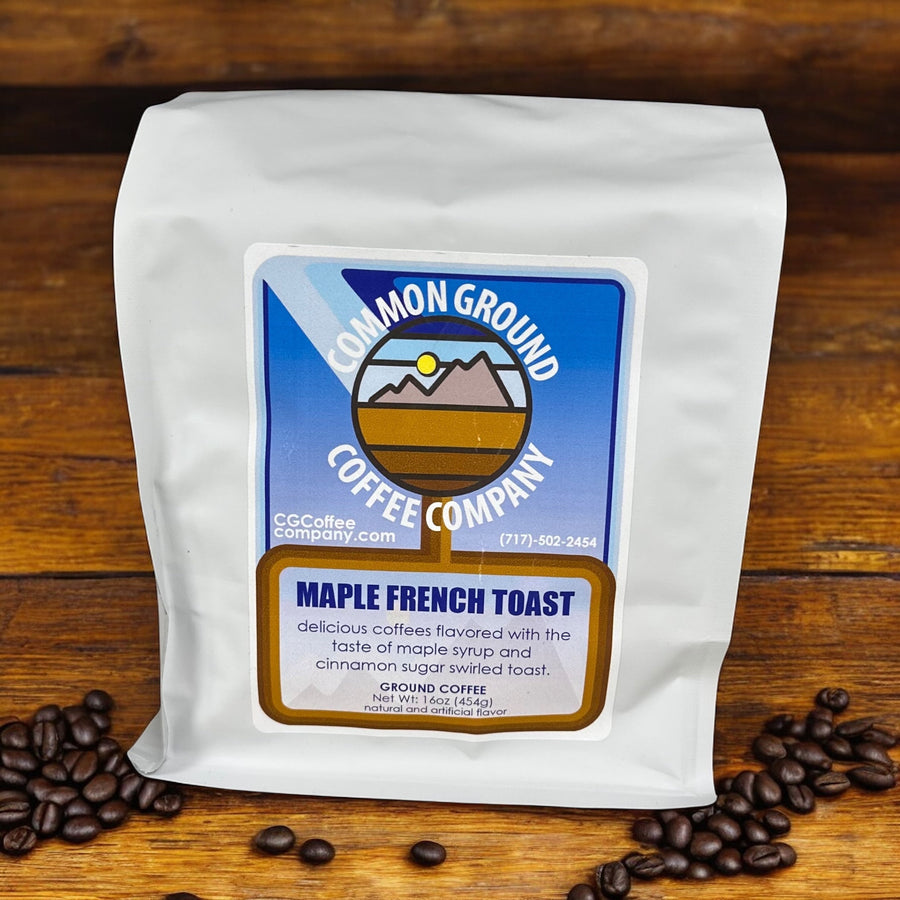
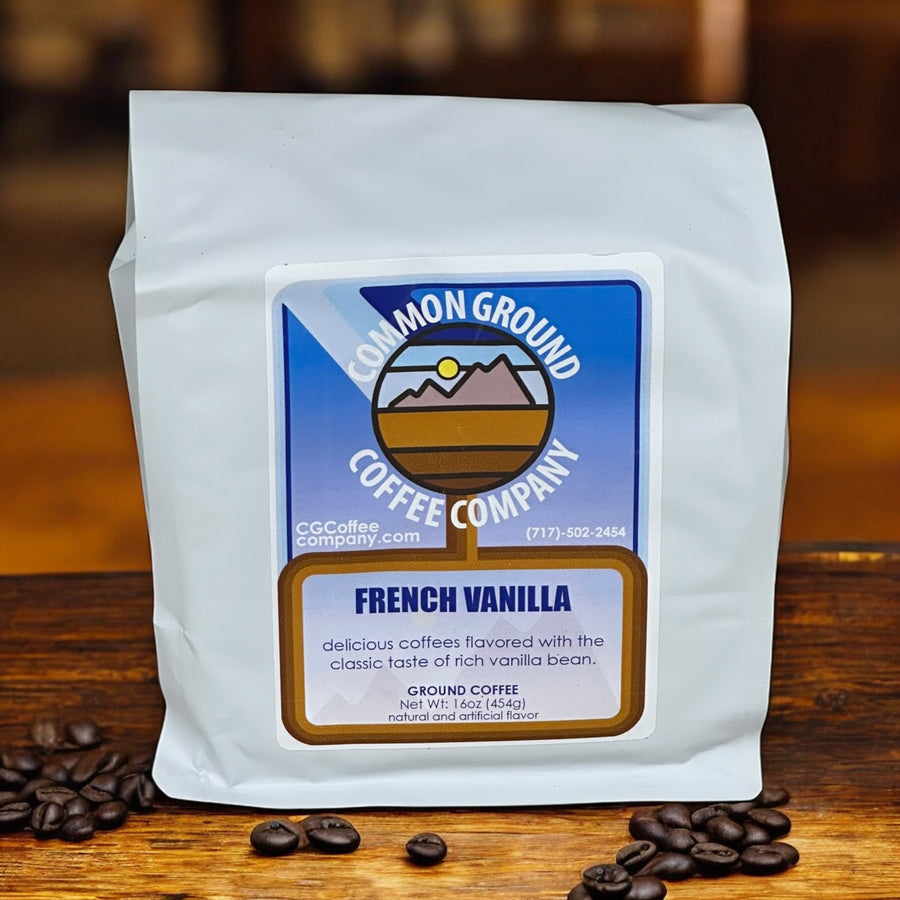
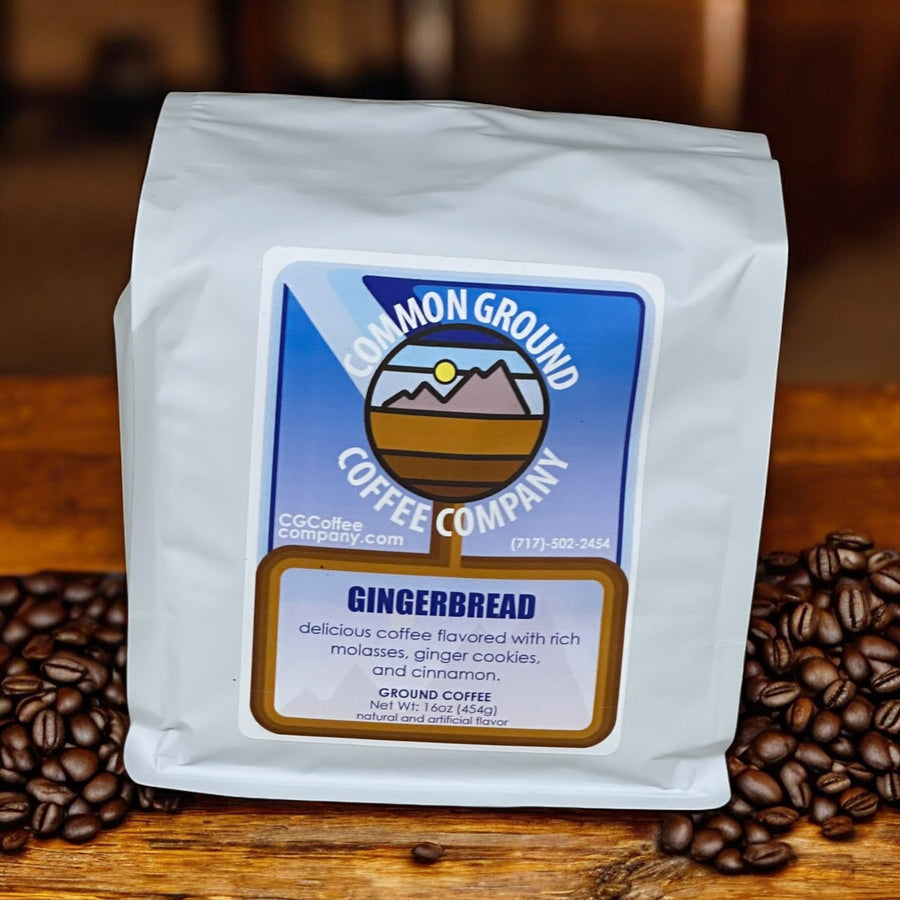



Leave a comment